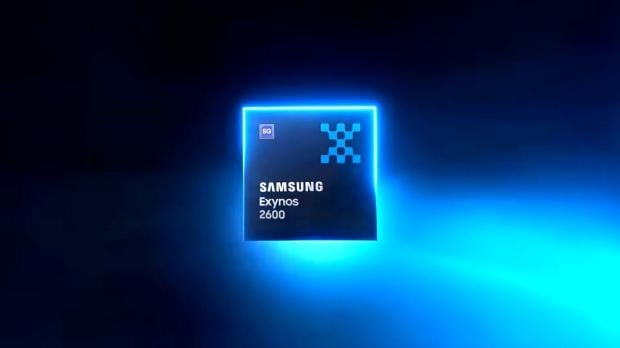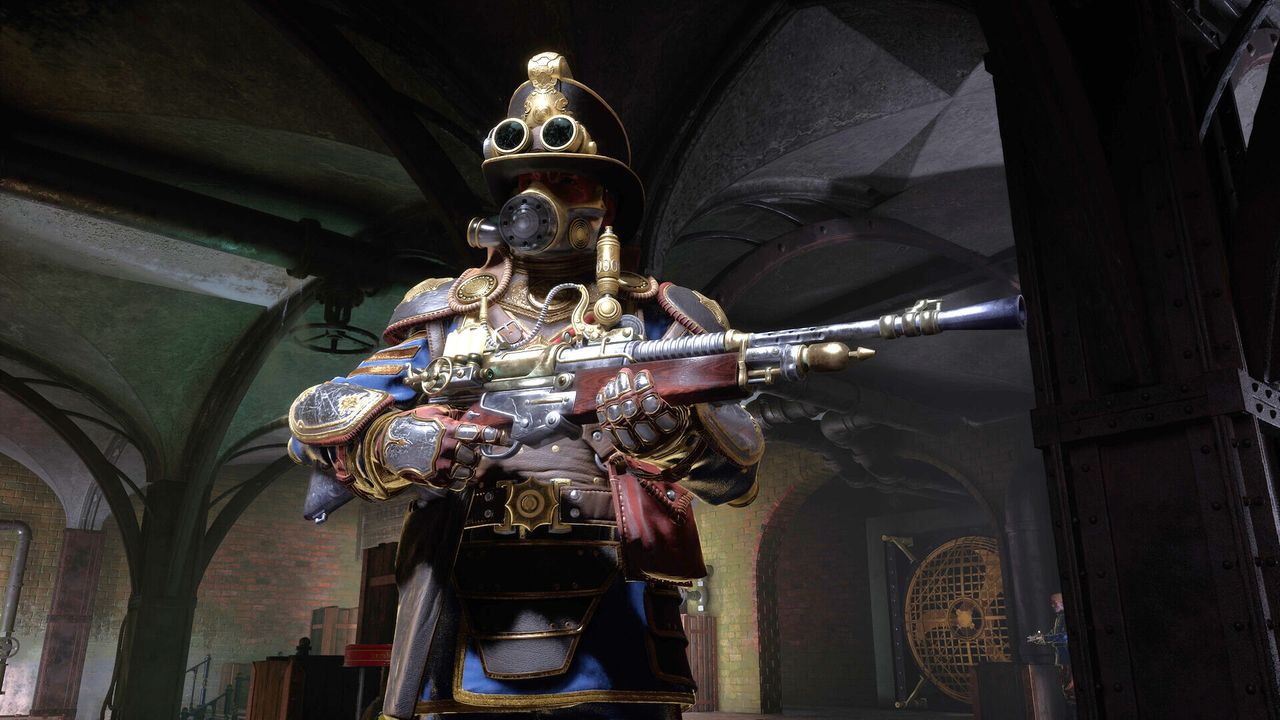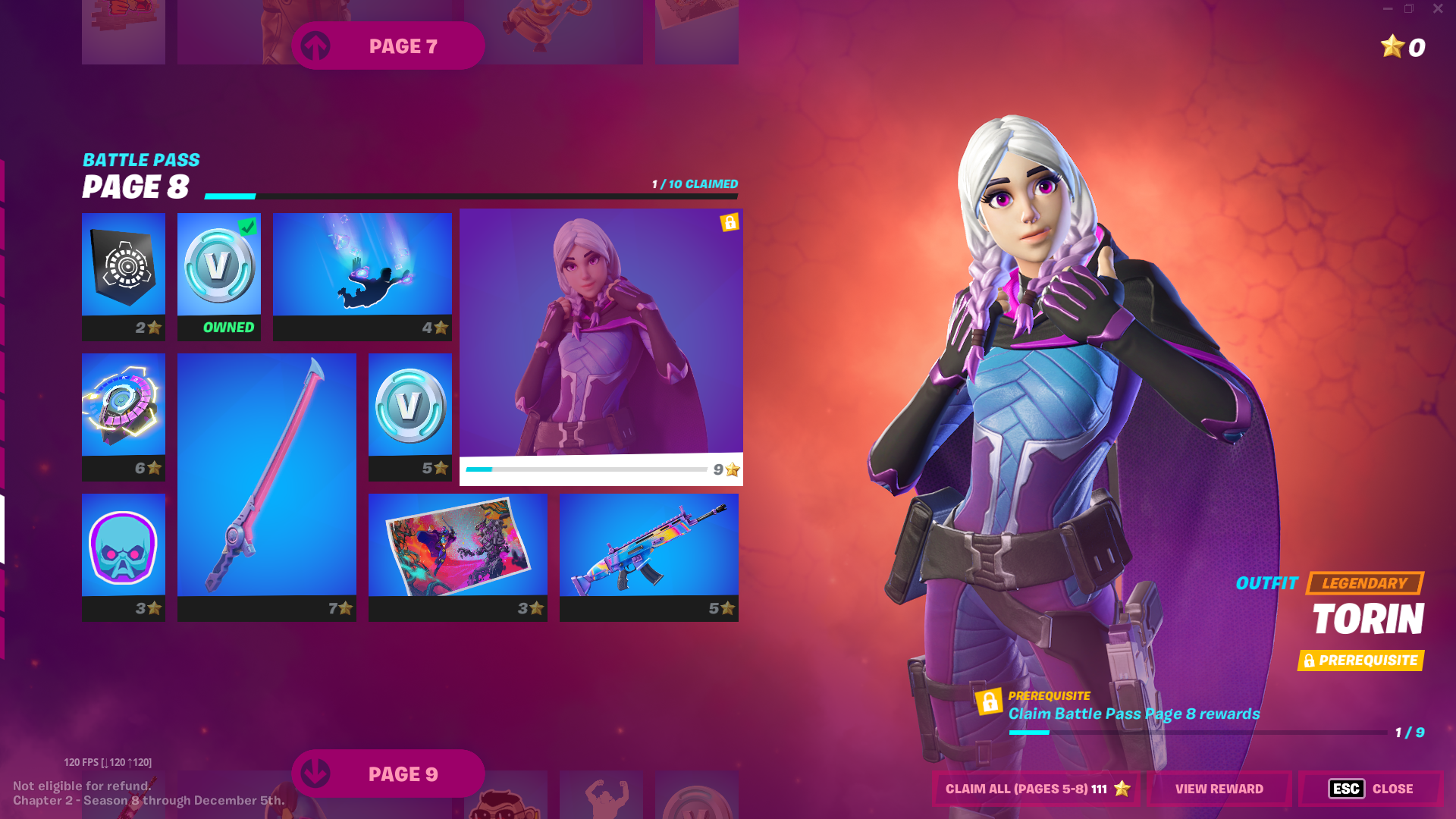The 18-month fence hop, the six-day chair, and why video games are so hard to make
We look at the effort behind the small details in games
Early in the supernatural teen-drama game Oxenfree, there’s a scene where the main characters hop a fence. In the game’s roughly four and a half hour playthrough, the scene lasts all of 40 seconds. But according to Sean Krankel, co-founder of Night School Studios, it took the team the game’s entire development — 18 months — to get it right. It was Oxenfree’s most prevalent, annoying bug, he says.
The studio’s latest challenge? Getting characters’ butts to line up in chairs in the upcoming Afterparty, a game about two friends who die, go to Hell, and must outdrink the denizens of the underworld to save their souls.
“[It’s] a crazy nightmare when you think about differing sizes between humans and demons,” Krankel says. “Something as simple as, yeah, literally getting a butt to match up with a stool is incredibly difficult,” he adds, laughing.
Video games are notoriously hard to make. The largest AAA games in 2019 require hundreds, if not thousands, of people at multiple studios around the world just to get out the door. They take years of development. Beyond the stories, gameplay, and the obvious features that make their way into previews and store descriptions, though, there are the minute details that have to be handcrafted and placed, sometimes hidden from the player, to make the game feel believable and immersive — like a quick animation of characters jumping a fence.
Whether or not a player notices, appreciates, or is able to see these details, everything from a pen on a desk to a chair in a room has to be meticulously made, scrutinized, and tested. But at what cost? How does a developer decide how much time to allocate to set dressing a small room versus a game’s main character? How many polygons should an asset in the corner of a players eye get versus something directly in their face?
We recently talked to a handful of developers, making games of varying sizes and scopes, about the decisions behind some of the small details in their games.
It’s never as easy as it looks.
:no_upscale()/cdn.vox-cdn.com/uploads/chorus_asset/file/18856313/oxenfree_screen_5.jpg) HIJHHHBL,.
HIJHHHBL,.






.webp)


























